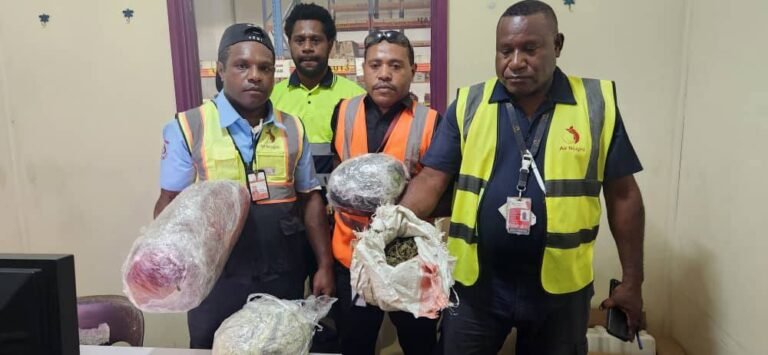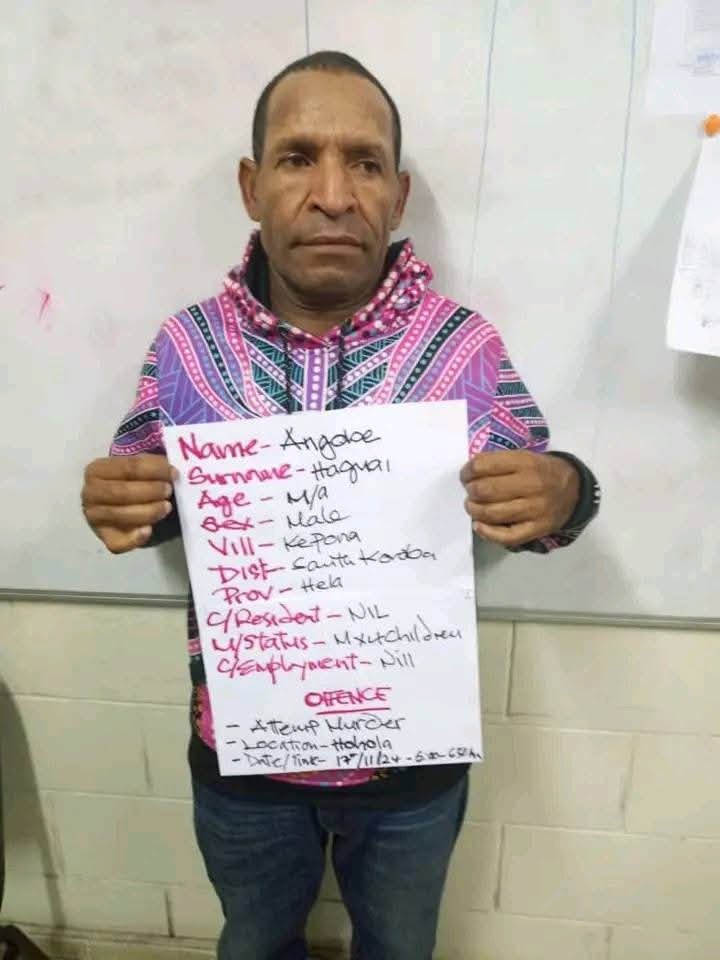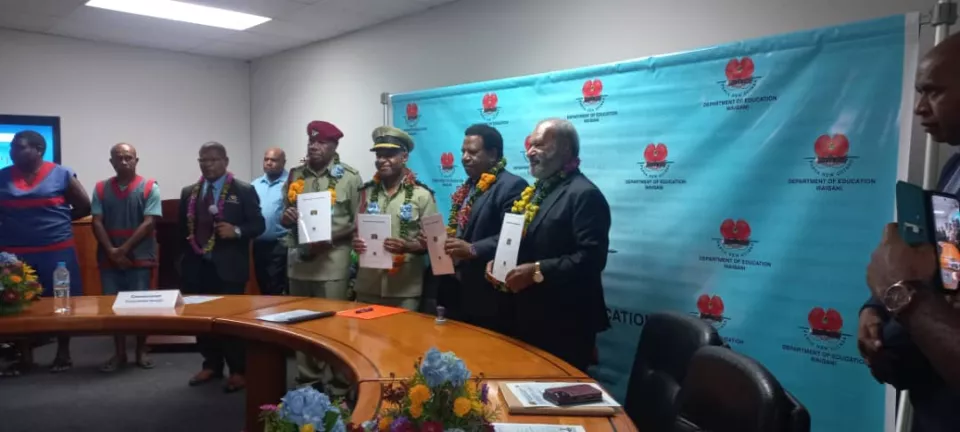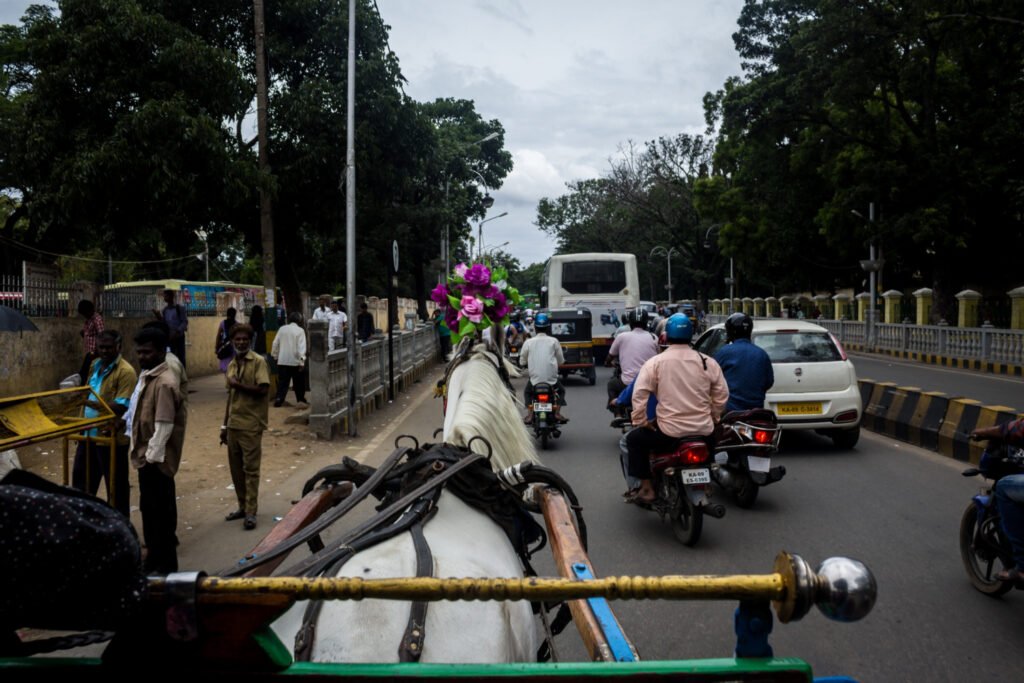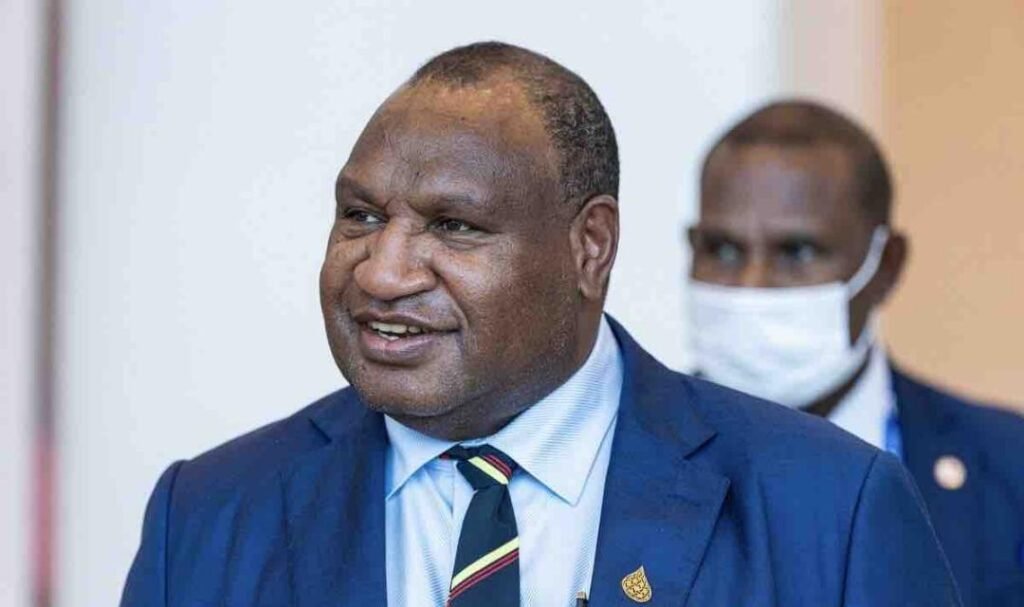Papua New Guinea is charting a more connected future as upgrades to airports, rural roads, and telecom networks roll out across the country, linking previously isolated communities to vital services and markets.
At the heart of this transformation are runway improvements by TropicAir, road electrification projects, and the steady expansion of mobile and internet coverage in rural areas—all part of a nationwide push for resilient infrastructure.
TropicAir Lifts Off in Kerema
In Gulf Province, TropicAir has completed major upgrades to the Kerema airstrip, transforming it into a reliable regional air hub. The revamped runway can now handle larger aircraft and is designed to operate safely year-round—even during PNG’s long rainy seasons.
According to TropicAir’s operations manager, the improvements mean:
- More frequent cargo and medevac flights
- Improved access to basic supplies during weather disruptions
- Better support for health outreach and electoral logistics
“This is more than just an airstrip,” said a local health worker. “It’s our lifeline.”
Other remote runways in Kandep, Samarai, and Ambunti are now slated for similar upgrades over the next 12 months.
Roads That Light the Way
Across several provinces, rural communities are finally seeing the electrification of feeder roads—installing solar-powered streetlights and small off-grid energy stations that make travel safer and extend economic activity beyond daylight.
These upgrades are particularly vital for:
- Students walking long distances to school
- Farmers transporting goods early morning or after dusk
- Emergency responders accessing villages at night
The Eastern Highlands and Madang are among the first regions benefitting from these projects, with plans to expand through public-private partnerships and donor grants.
Telecom Rollouts Expand Connectivity
In parallel, telecom providers like Telikom PNG and Digicel are extending 4G towers and broadband internet to underserved communities—including areas like Chimbu, Western Province, and Manus.
New connectivity means:
- Schools can tap into e-learning platforms
- Rural health clinics gain access to telemedicine
- Farmers and SMEs can use mobile payment systems
In Central Province, women-led microbusinesses are already using mobile apps to sell bilums and fresh produce directly to Port Moresby buyers.
“We’ve moved from radio calls to real-time messaging,” said one village entrepreneur. “And our business doubled.”
Why It Matters
For a geographically fragmented country like PNG, infrastructure is not just about movement—it’s about equity. When remote communities can access the same markets, healthcare, and education as major towns, national development becomes truly inclusive.
The Road Ahead
While funding gaps and terrain challenges remain, the momentum is strong. The PNG government, in coordination with private airlines, infrastructure ministries, and international donors, is determined to keep building.
From upgraded airstrips to digital links and lit-up roads, a new map of PNG is slowly taking shape—one that leaves no community behind.






